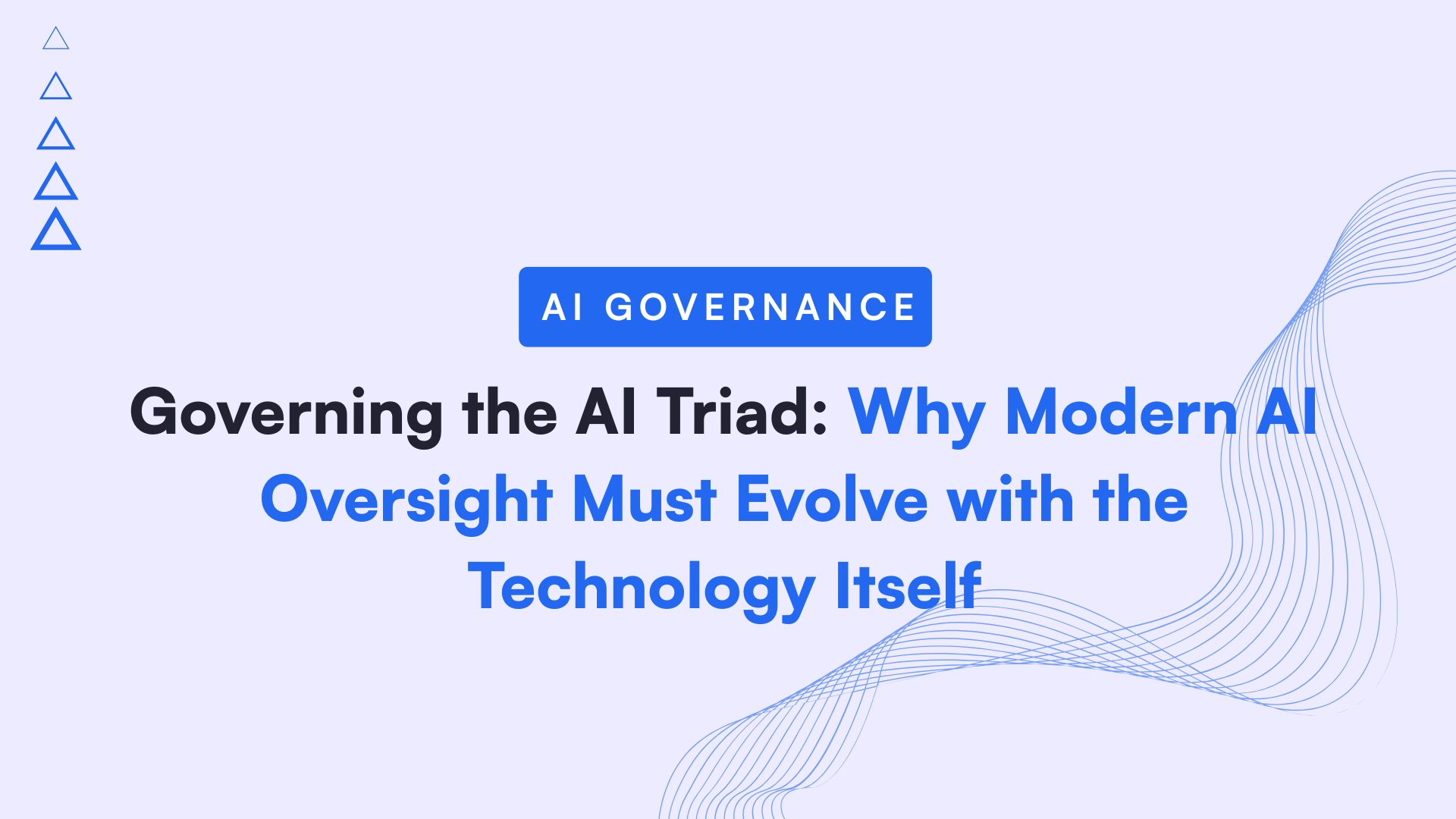AI isn’t built in a vacuum. From pre-trained models and third-party APIs to open-source libraries and plugin ecosystems, your Generative AI stack is only as secure as the weakest dependency in your supply chain.
And unlike traditional software, LLM-based systems bring new attack surfaces that are often overlooked:
- Poisoned pre-trained models
- Back-doored plugins
- Vulnerable ML frameworks
- Unverified data sources
This post explores how to assess and secure your AI supply chain before attackers find the gaps you didn’t know were there.
Why Supply Chain Risk is Different for LLMs
In software, the supply chain mostly involves code packages and dependencies.
In AI, it expands to include:
- Pre-trained models from public or commercial sources
- Fine-tuning data and corpora
- Plugins and third-party tools that interact with the LLM
- APIs and services connected to the model
- Vector databases and retrieval systems
- ML toolchains (e.g., PyTorch, TensorFlow, LangChain)
The result? A complex, interconnected web of AI assets—many outside your direct control.
Real-World Risks
A fine-tuned open-source LLM downloaded from a public repo was later found to contain a backdoor: when prompted with a rare phrase, it would output stolen credentials.
A plugin integrated into a customer-facing AI chatbot had access to backend APIs. Poorly scoped permissions let it perform file system operations—exposing sensitive internal logs.
A vector database used for RAG-based retrieval was seeded with poisoned documents, leading the model to generate misleading legal advice based on tampered references.
Building a Secure AI Supply Chain Strategy
Let’s break it down into actionable pillars:
Vet All External Models
Verify model sources: Only download models from trusted, reputable publishers (e.g., HuggingFace with verified authorship, official vendor registries).
Validate checksums or signatures: Confirm model files haven’t been tampered with before deployment.
Assess model lineage: Know what data the model was trained on. If unknown, treat as untrusted and restrict usage to low-risk contexts.
Consider using models with transparent “model cards” or documentation of training and safety evaluations.
Maintain an AI Software Bill of Materials (AI-SBOM)
Just like a traditional SBOM, log:
- Model versions and sources
- Datasets used
- Plugin dependencies
- Libraries and frameworks
- Store this information in a searchable format.
- Update it regularly after changes or upgrades.
This enables rapid response when a vulnerability is discovered in a model or component.
Isolate and Sandbox Plugins and Tools
- Run plugins in isolated containers with tightly scoped permissions.
- Enforce strict API boundaries—don’t let plugins access the full file system or external networks unless necessary.
- Vet open-source plugins for malicious behaviour. Require code reviews for internal ones.
Example: If a weather plugin only needs to fetch forecasts, it should not be able to access local logs or user data.
Secure ML Toolchains and Frameworks
- Keep ML libraries (e.g., LangChain, HuggingFace Transformers, PyTorch) up-to-date.
- Subscribe to CVE alerts for major frameworks.
- Use automated vulnerability scanners (e.g., Snyk, Dependabot) across AI repos.
Audit All API Integrations
- Validate API request and response formats.
- Enforce authentication and role-based access control (RBAC).
- Rate-limit LLM-to-API traffic to prevent abuse or infinite loops.
- Mask or redact sensitive fields in external responses before they’re fed into the LLM.
Monitor for Supply Chain Drift
Set up automated alerts for:
- Model hash mismatches
- Plugin changes or updates
- Library version updates
- Periodically scan your deployed models and environments to confirm alignment with your SBOM and approved configurations.
Implementation Checklist

What About Open Source Models?
Open source LLMs offer flexibility—but carry real risks if you’re not inspecting them deeply.
Before deploying:
- Check for unusual tokens or triggers in sample outputs
- Use explainability tools to trace attention on inputs
- Run security-focused red teaming on outputs
For high-risk use cases (e.g., healthcare, finance), build on top of vetted commercial base models unless you have the resources to rigorously secure open alternatives.
Key Takeaway
As your enterprise embraces Generative AI, every model, plugin, and dataset becomes part of your software supply chain.
Treat them with the same scrutiny you’d apply to third-party code—because one poisoned component can compromise your entire AI system.
Related Reads
• Training Data Poisoning: How Tiny Data Can Wreck Your Model



.png)









.png)

.png)
